Manjot Singh
Sustainable AI: Mathematical Foundations of Spiking Neural Networks
Mar 03, 2025Abstract:Deep learning's success comes with growing energy demands, raising concerns about the long-term sustainability of the field. Spiking neural networks, inspired by biological neurons, offer a promising alternative with potential computational and energy-efficiency gains. This article examines the computational properties of spiking networks through the lens of learning theory, focusing on expressivity, training, and generalization, as well as energy-efficient implementations while comparing them to artificial neural networks. By categorizing spiking models based on time representation and information encoding, we highlight their strengths, challenges, and potential as an alternative computational paradigm.
Expressivity of Spiking Neural Networks
Aug 16, 2023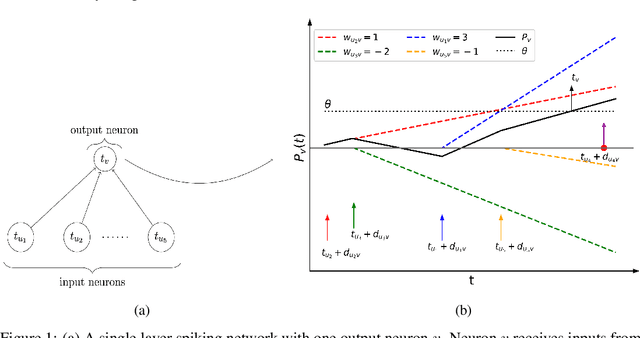
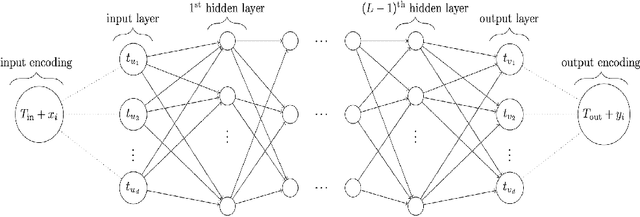
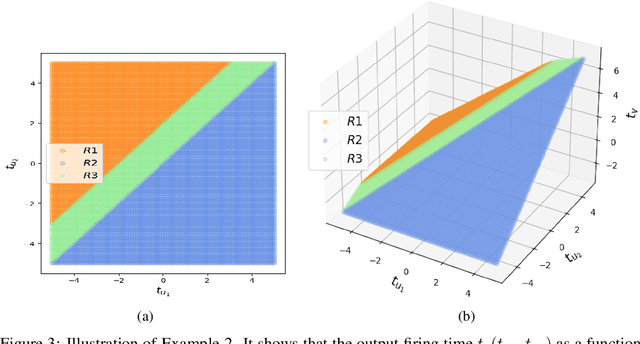
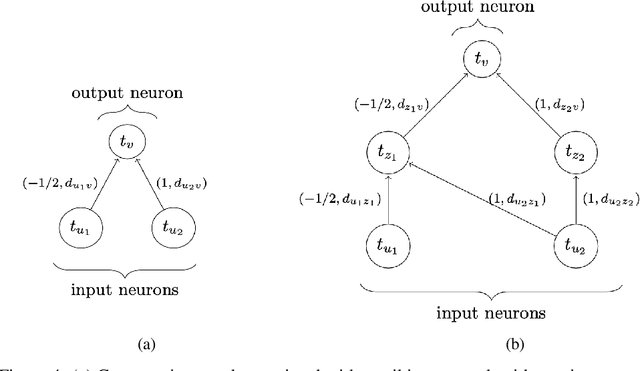
Abstract:This article studies the expressive power of spiking neural networks where information is encoded in the firing time of neurons. The implementation of spiking neural networks on neuromorphic hardware presents a promising choice for future energy-efficient AI applications. However, there exist very few results that compare the computational power of spiking neurons to arbitrary threshold circuits and sigmoidal neurons. Additionally, it has also been shown that a network of spiking neurons is capable of approximating any continuous function. By using the Spike Response Model as a mathematical model of a spiking neuron and assuming a linear response function, we prove that the mapping generated by a network of spiking neurons is continuous piecewise linear. We also show that a spiking neural network can emulate the output of any multi-layer (ReLU) neural network. Furthermore, we show that the maximum number of linear regions generated by a spiking neuron scales exponentially with respect to the input dimension, a characteristic that distinguishes it significantly from an artificial (ReLU) neuron. Our results further extend the understanding of the approximation properties of spiking neural networks and open up new avenues where spiking neural networks can be deployed instead of artificial neural networks without any performance loss.
An Efficient Ensemble Explainable AI (XAI) Approach for Morphed Face Detection
Apr 23, 2023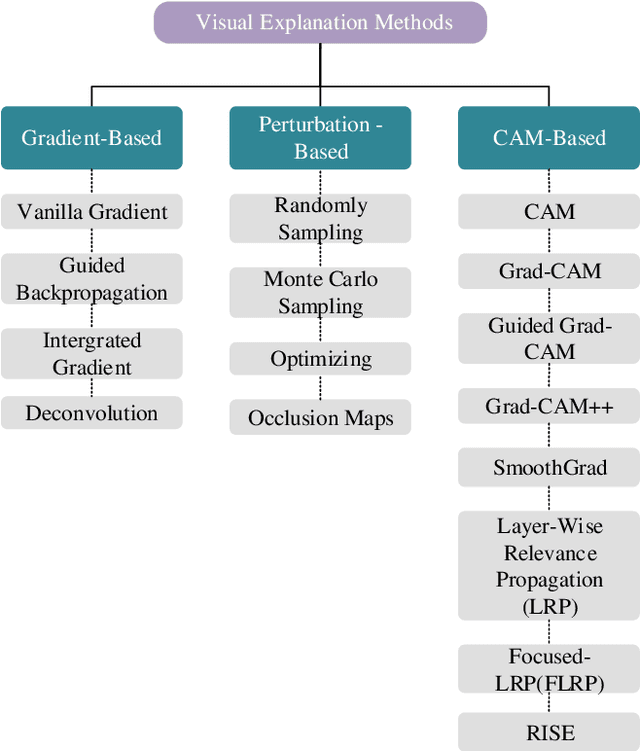

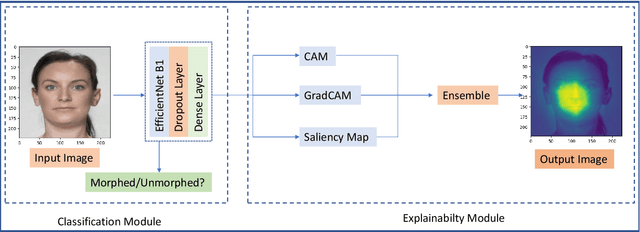
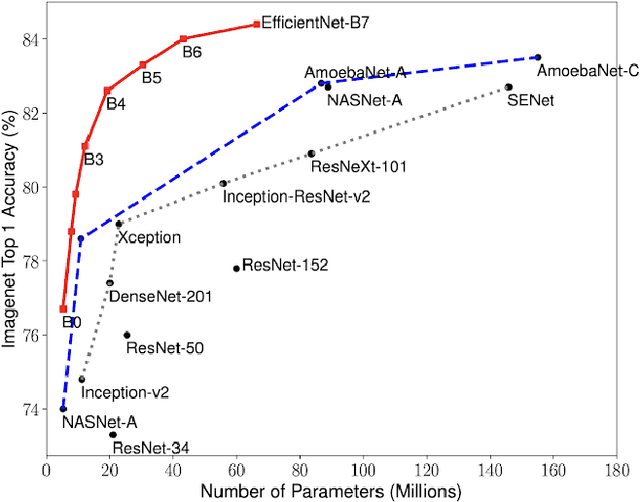
Abstract:The extensive utilization of biometric authentication systems have emanated attackers / imposters to forge user identity based on morphed images. In this attack, a synthetic image is produced and merged with genuine. Next, the resultant image is user for authentication. Numerous deep neural convolutional architectures have been proposed in literature for face Morphing Attack Detection (MADs) to prevent such attacks and lessen the risks associated with them. Although, deep learning models achieved optimal results in terms of performance, it is difficult to understand and analyse these networks since they are black box/opaque in nature. As a consequence, incorrect judgments may be made. There is, however, a dearth of literature that explains decision-making methods of black box deep learning models for biometric Presentation Attack Detection (PADs) or MADs that can aid the biometric community to have trust in deep learning-based biometric systems for identification and authentication in various security applications such as border control, criminal database establishment etc. In this work, we present a novel visual explanation approach named Ensemble XAI integrating Saliency maps, Class Activation Maps (CAM) and Gradient-CAM (Grad-CAM) to provide a more comprehensive visual explanation for a deep learning prognostic model (EfficientNet-B1) that we have employed to predict whether the input presented to a biometric authentication system is morphed or genuine. The experimentations have been performed on three publicly available datasets namely Face Research Lab London Set, Wide Multi-Channel Presentation Attack (WMCA), and Makeup Induced Face Spoofing (MIFS). The experimental evaluations affirms that the resultant visual explanations highlight more fine-grained details of image features/areas focused by EfficientNet-B1 to reach decisions along with appropriate reasoning.
 Add to Chrome
Add to Chrome Add to Firefox
Add to Firefox Add to Edge
Add to Edge